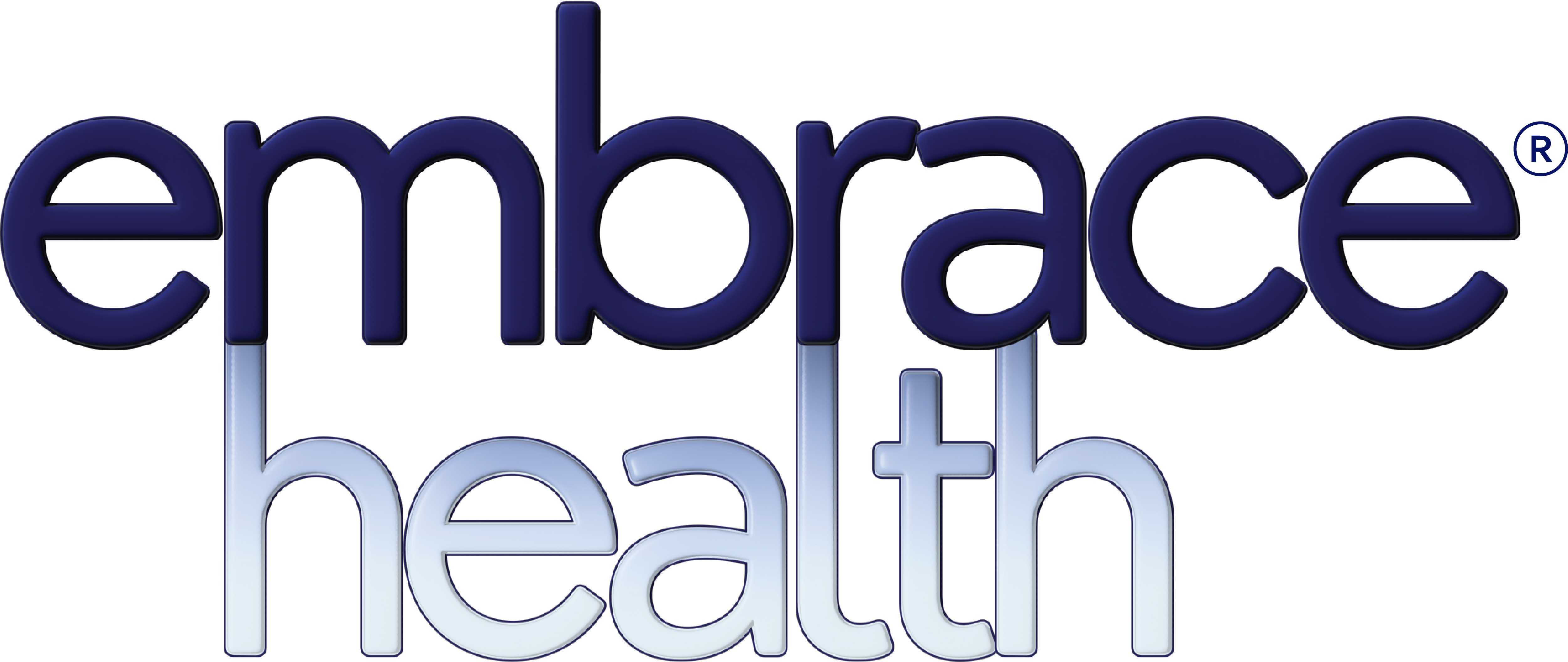Life can feel like a constant loop of “Why can’t I focus?” and “Why do I feel so restless or worried?” Sometimes, it might be more than stress. It could be a sign of something deeper, like attention-deficit/hyperactivity disorder (ADHD), anxiety, or both.
Let’s explore how ADHD and anxiety can look alike, how they differ, and why understanding both is key to getting the right help. For many adults in Iowa and beyond, the first step is realizing they may be living with symptoms they’ve never named.

Are you experiencing ADHD or anxiety symptoms?
Many adults grow up believing they’re just scatterbrained, anxious, or not coping well. But it might be more than that. Research shows that ADHD often continues into adulthood, and anxiety frequently occurs alongside it.
As we transition between seasons of our lives, stress levels can rise, sleep routines change, and it becomes harder to stay focused or calm. It’s natural for symptoms of both ADHD and anxiety to feel stronger. Recognizing what’s happening can help you take steps toward feeling better.
What ADHD can look like in adults
ADHD isn’t just a childhood condition. In adults, it often shows up as:
• Trouble focusing, organizing, or finishing tasks
• Frequent procrastination or missed deadlines
• Impulsive decisions or interruptions
• Difficulty staying attentive in meetings or conversations
• Feeling mentally “busy” but not productive
• Strong emotional reactions or frustration
Because ADHD varies so much from person to person, it often goes unnoticed or mistaken for anxiety or stress.
What anxiety can look like
Anxiety involves ongoing worry, restlessness, or tension that feels hard to control. You might notice:
• Persistent worry about work, relationships, or health
• Physical symptoms like a racing heart, trouble sleeping, or feeling on edge
• Overthinking or fear of making mistakes
• Avoiding situations or social settings
The challenge is that ADHD and anxiety can look similar. Trouble focusing can come from racing thoughts or from executive function struggles. Restlessness might be hyperactivity, or it might be anxiety showing up in the body. Procrastination might be fear of failing, or it might be difficulty starting tasks.
How common is the overlap?
Studies estimate that about 25 to 50 percent of people with ADHD also have an anxiety disorder. For children, that number is around four in ten.
This overlap matters because the two conditions can feed off each other. Anxiety can make it harder to notice ADHD symptoms, and ADHD can make anxiety worse when disorganization or impulsivity causes stress in daily life.
Why the overlap matters
If you treat only one condition and not the other, symptoms may linger. For example, anxiety treatment might help you feel calmer but won’t address ADHD-related focus and organization issues.
When both are present, the combination can create more frustration, lower self-esteem, and strain relationships or work performance. Recognizing both means you can build a plan that truly fits your needs.
Questions to ask yourself
• Have you struggled to stay organized or focused for years, not just recently?
• Do you often feel restless or “on edge”?
• Do you worry you’re not doing enough or always behind?
• Do you avoid situations that make you anxious or overwhelmed?
• Have you tried treating anxiety but still feel distracted or unfocused?
If you said yes to several, it might be worth exploring whether ADHD and anxiety could both be part of your story.
What to do next
- Schedule an evaluation.
A professional can look at your full history and help clarify what’s going on. - Ask about overlap.
Mention your focus challenges and anxiety symptoms so your provider can assess both. - Explore treatment options.
Treatment may include therapy, medication management, mindfulness, or lifestyle strategies that support structure and balance. - Choose care that fits your life.
With telehealth, it’s easier than ever to get support from home, stay consistent, and access both therapy and psychiatry through one team. - Be kind to yourself.
You’re not lazy or incapable. Both ADHD and anxiety are real, treatable conditions, and seeking help is a sign of strength.
How telehealth helps
Telehealth care removes barriers that often make it harder to get help. With Embrace Health, you can:
• Connect with a therapist or psychiatric provider from home
• Schedule appointments that fit your work or family routine
• Receive care for both ADHD and anxiety from one coordinated team
Getting started now can help you move into a new era in your life, with more focus, less worry, and a sense of control.
The bottom line
If you’ve ever wondered, “Is it anxiety or ADHD?” the answer might be both, and that’s okay. The goal isn’t to label yourself but to understand what’s going on so you can get the right help.
At Embrace Health, we believe that help is always within reach. You don’t have to navigate it alone. Reach out today to get started with a compassionate provider who’s here to help you move forward.
Sources:
National Institutes of Health (PMC), The Reach Institute, Healthline, Anxiety Institute, CDC, PubMed, Team ADHD, Psychiatry and Psychopharmacology Journal

